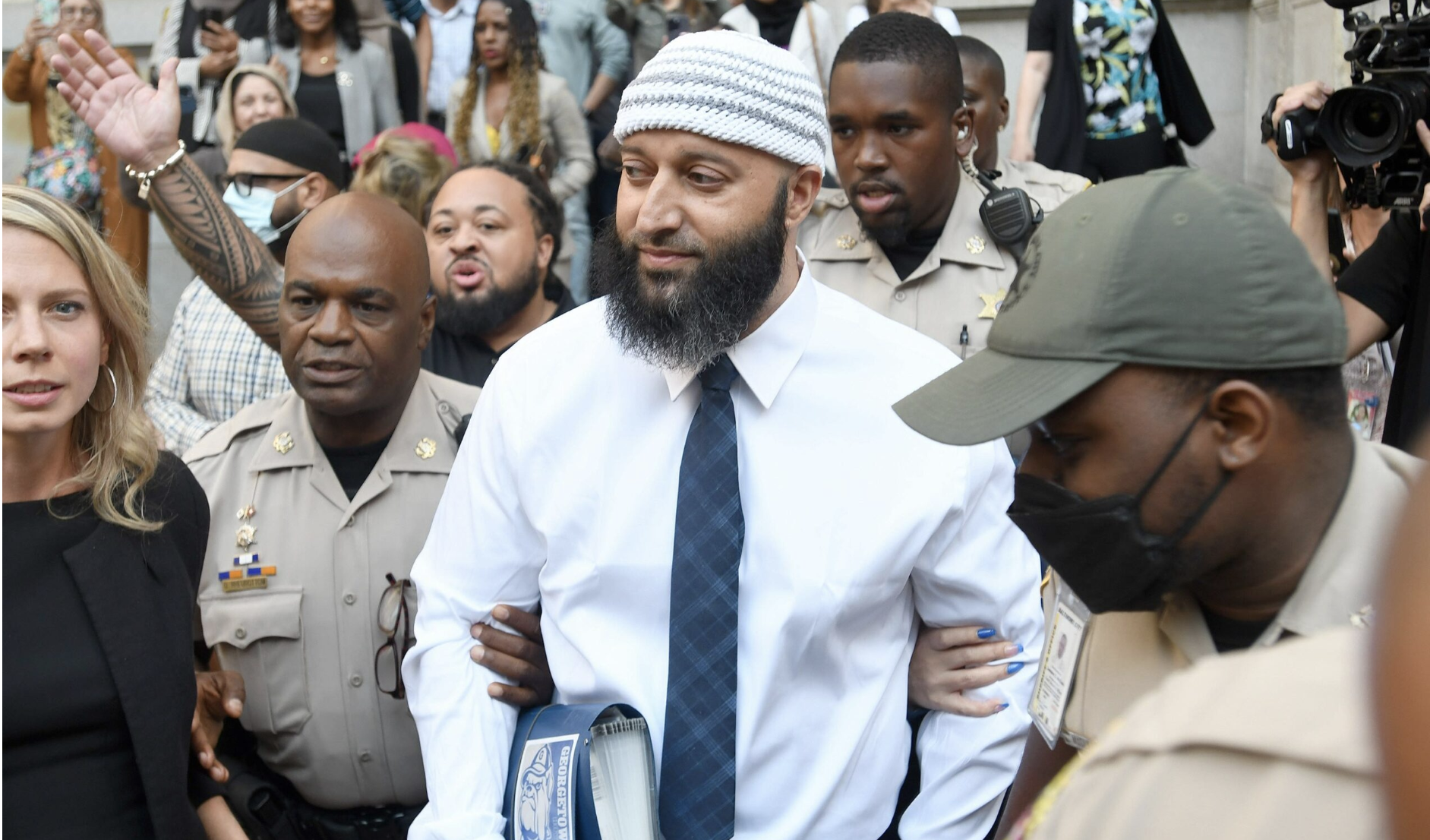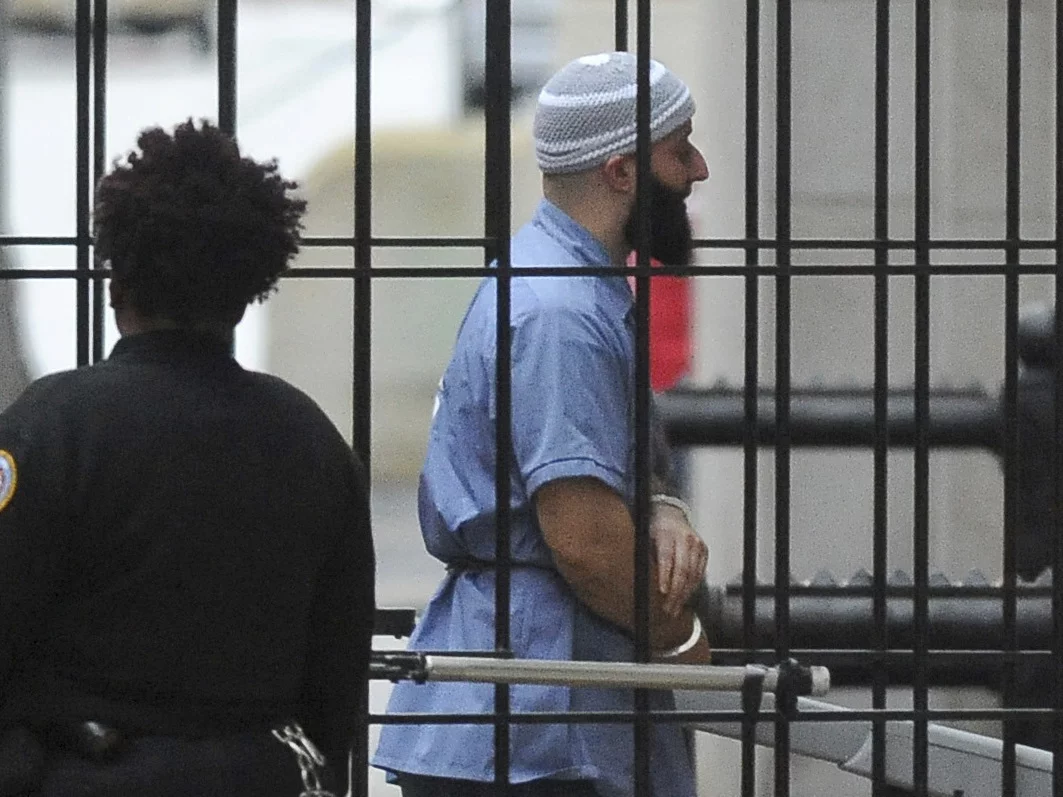
Due to the State’s reluctance to reveal exculpatory evidence, a court overturned his conviction and awarded him a new trial.
According to Erica Suter of the University of Baltimore Innocence Project Clinic, Mr Syed has maintained his innocence throughout his 23-year unlawful imprisonment.
Mr Adnan Syed was condemned to prison for the murder of his former high school sweetheart, Hae Min Lee, and was the topic of the podcast “Serial” and HBO’s documentary “The Case Against Adnan Syed.” The court determined that Mr Syed’s trial was unjust because the State withheld significant exculpatory evidence.
Mr Syed’s case exemplifies how hiding exculpatory evidence, known as a Brady violation, can result in unjust convictions. Only in the last three months have the exonerations of Innocence Project clients Mallory Nicholson, John Galvan, and, most recently, Herman Williams exposed Brady breaches that contributed to the conviction and incarceration of innocent persons.
And we know that these are not isolated incidents. According to a 2020 report by the National Registry of Exonerations, Government Misconduct, and Convicting the Innocent, which covered the nation’s first 2,400 exoneration cases, the most common type of misconduct was the concealment of exculpatory evidence, which occurred in 44% of those dismissals.
The judicial system’s integrity necessitates responsibility not just for Mr Syed’s erroneous conviction but also for the suffering the State’s illegal behaviour caused Hae Min Lee’s family.

